Homeland of tanks - Russia
And yet the right to be called the birthplace of tanks belongs to Russia. Russian officers in Tsarist Russia always differed with magnificent, as a rule, engineering, artillery, military education, and the inborn talent of many of them led to the creation of new inventions, including in the new direction of military thought - armored vehicles. Many Russian engineers worked on the creation of Russian tanks long before the appearance of "land battleships" among the British. Already in 1914, an eyewitness to those events, Lieutenant-General A.V. Schwartz, wrote about the first experiments on the assault of fortresses using Russian tanks in XNUMX in the newspaper of the Russian emigration Russia.
Here is an excerpt from that article: “Engineer Lisyakov took the hottest part in these experiments. One evening, Lisyakov came to me to report on his invention of a moving machine, the purpose of which was:“ move ahead of the attackers and prepare them the way destroying wire nets and other obstacles with their own weight and overcoming trenches and external moats of field fortifications. ”In appearance, this machine, or as we were inclined to call it then, the tractor, depicted them in a drawing EXACTLY ACCURATE The second year he appeared in England as the FIRST TANK. " Schwartz also writes that the project of the "tractor" was transferred to the stake, where it was proudly shown to the allies, so that, as they say, no comment was necessary.
The further development of the Russian school of tank building, and later the Soviet school, in the militaryhistorical examples secured the right to be called the world's best tank building school.
Now various theorists are measuring modern tanks with military-technical coefficients and firmly believe that the higher such a coefficient, the better the tank will manifest itself in combat conditions.
But if we turn to historical examples, we can see that this opinion is far from always true. The legendary T-34 can serve as such an example, and although this example belongs to the category “Russia cannot be understood by the mind”, nevertheless, the T-34 tank entered its name in history and became a true legend of that Great War.
Compared with the German tank Pz-5 Panther, the T-34 was inferior to him in almost all characteristics, but the Panther was complex and time consuming in production, and while the Fascists produced one, our primitive T-34 went out as much as five, and this overbalance 5: 1, turned out to be decisive in combat, which resulted in our tanks as a result of victory.
The Russian tank construction school made conclusions from this instructive example and does not strive to be the first in the battle of coefficients, making tanks cheaper, simpler and more technological than the bourgeois ones, securing their numerical advantage with equal industrial resources in the extreme conditions of war.
But Western tank builders continue to invent the “bicycle”, making heavy, “capricious” tanks that require special conditions even in terms of simple movement through the terrain, but having the highest coefficients.
A typical Russian tank is narrow, long and low, designed to take into account the conditions of independent movement across the terrain, as convenient as possible for railway transportation and, compared to its foreign counterparts, light as a feather, its weight balances within 35-40 tons, true with T-90 the mass reaches 45-48 tons, but at the same time it is still lighter than such tanks as Abrams - 59 tons or English Challenger - 64 tons. According to these important indicators, our tanks are not inferior only to the Chinese, oddly not copied from ours, but simply produced under the same conditions of use.
By the way, the Chinese Type-99 tanks are longer than ours, which allows them to achieve better frontal reservations with a small mass.
If we look at high-coefficient foreign, or rather overseas, tanks in more detail, then we can see the unstoppable flight of Western engineering thought, sometimes writing out quite fancy zigzags. For example, the high-tech tank M1 Abrams (American military canning tank), the tower of which initially could not conduct shelling of the rear sector in general, it was part-turn. After the first combat applications, this misunderstanding had to be urgently finalized, and now, thanks to the trimmed front lower armor plate of the tower, it can still be deployed, opening a gigantic, not-so-protected slit. With this decision, Abrams got another chance to lose this very tower when an ordinary high-explosive projectile hit it, while the chances of the gunner and the tank surviving were drastically reduced. At the moment, the МХNUMXА1 Abrams is a 2-ton tank with a "military-technical level" coefficient of the 50, for the destruction of which even an armor-piercing projectile is not needed from the front sector, this tank has an additional option - made to order specifically for Abrams in Germany cannon loading manually! At the same time, the production of one such tank costs 2,2 million dollars, although the price is nominal (the tank has not been produced for a long time, but only undergoes modernization), but in reality it confirms the golden rule of our school. T-15 costs 90 million rubles (about 70 million dollars). It is not difficult to calculate the difference: there will be six T-2,5 for one Abrams, progress on the face!
And even the modernization does not greatly change the balance of power, firstly, the pace of this modernization does not inspire
optimism, secondly, the issue price in general amounts to some incredible amount in 1 000 247 000 dollars.
In fact, our T-90, even though it does not reach the "Military-technical level" y - 2,2. is much more innovative than its Western competitors in terms of self-defense systems, it can be stated quite accurately. In this modification, the T-90C is capable of simultaneously reflecting two ATGMs from different directions. In Germany and the United States, the development of such a system has stalled at the experimental stage. On Israeli tanks, the Merkava has a similar one, copied from the Russian system of the past generation.
Well, as one famous TV character said: “Announce the entire list, please”, which we will do with pleasure.
So, our own Russian T-90 tank has: a 12-mm anti-aircraft machine gun mount with remote control, night vision devices TO-PO2T Agava-2TI and TPN-4-49-23 Buran-PA, multilayer armor behind ERA Contact -5 (3rd generation reactive armor), 9K119M "Reflex" high-precision anti-tank ammunition (anti-tank missile launched from the bore and guided by a computer), the TSHU-1 complex, which provides additional protection of the tank by interfering in the optical range with ATGM control lines (shells , aerial bombs, aviation UR). On the turret of the tank, 12 grenade launchers are installed for setting aerosol curtains "Shtora", "Arena" or the newer "Drozd". In addition, the enemy infantry was not forgotten, a system for remote detonation of a high-explosive fragmentation projectile (with an electronic remote fuse) was installed specially for it. And also the standard package includes an innovative device for built-in gun alignment control, an electronic ballistic computer, digital, with a capacitive wind sensor.
The ballistic characteristics of the 2А46М cannon are only slightly inferior to the German Rhexnumx cannon in accuracy at large distances, which is compensated for by the presence of a missile launched from a cannon, the accuracy of which is almost absolute, well, the snapper projectiles are slightly weaker than the German ones.
The T-90 is an excellent combat vehicle, not very convenient in terms of comfort for the crew, but in a real battle, even the pampered American warriors are unlikely to be comfortable even in the most comfortable car. This is a relatively inexpensive tank, which traditionally has an offensive specialization, and is best suited for successful combat operations in countries with poorly developed transport infrastructure and on weak, watered soil. The T-90 tank is a combat vehicle capable of winning in the same way as its legendary ancestor, the heroic T-34 tank.
From the direct competitors of our tank, I would like to mention the German Leopard-2, so that no one would think that only our tank builders made conclusions from tank battles. Leopard-2 is also technically not very complicated and has a relatively low cost. The Germans have learned well the lessons of the past war. By cons of the Leopard can be attributed to its decent weight in 60 tons and huge size.
A lot was said about the second competitor Abrams, but I would also like to add that the combat use of this vehicle in Iraq revealed a number of shortcomings. It turned out that although the frontal armor is quite strong, but the back, top and side armor does not stand up to grenade launcher fire, even from rather old types of grenade launchers launched in the distant 50s of the last century. More serious types of grenades, such as, for example, RPG-7В, hit "Abrams" with a higher probability of up to 70% in the roof of the tower and up to 55% in the side of the tower and the side of the hull above the rinks.
And finally, a small battle bike, telling about the Syrian tank driver and another ancestor of the T-90 tank T-72. Coming out of a heavy battle, the heroic Syrian tanker, kissing the armor of his military friend T-72, sheathed by shells, told how he had knocked down M-60 and Merkava and believed in the power of RUSSIAN TANKS who could win.
About Abrams, Leopards, etc. - there are no such legends for sure!
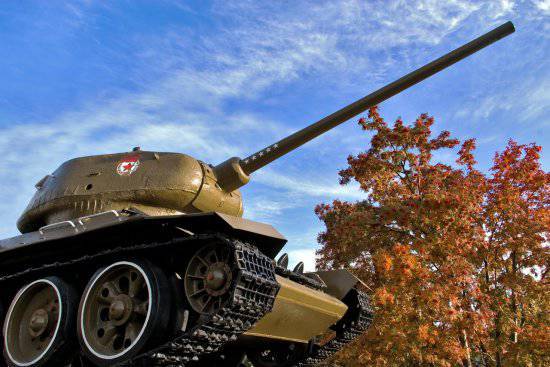
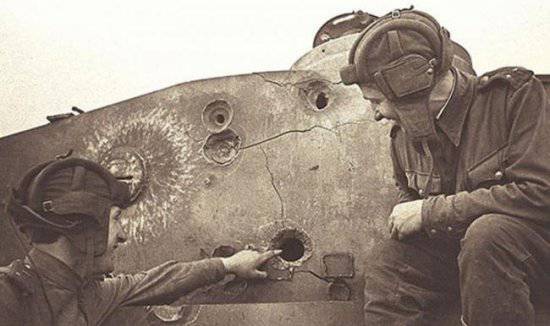
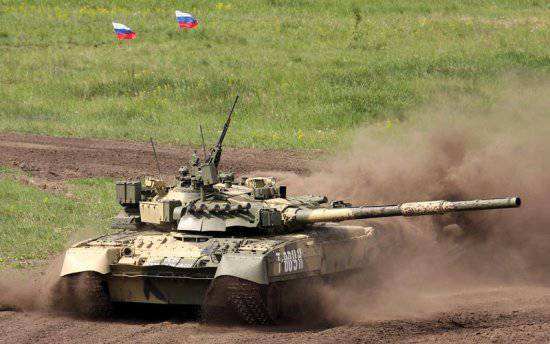
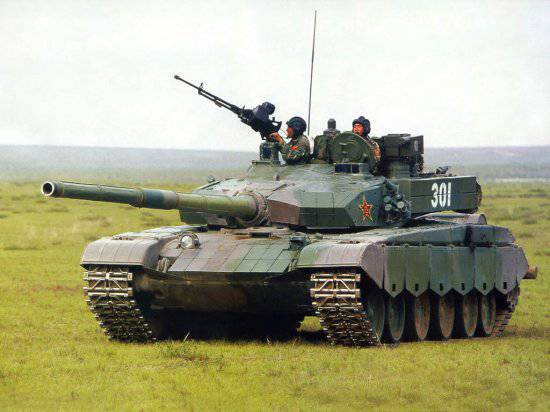
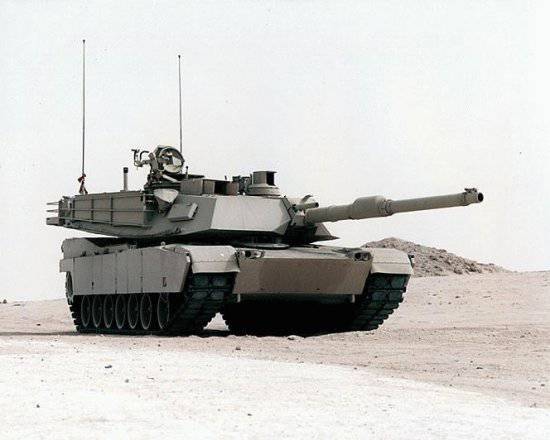
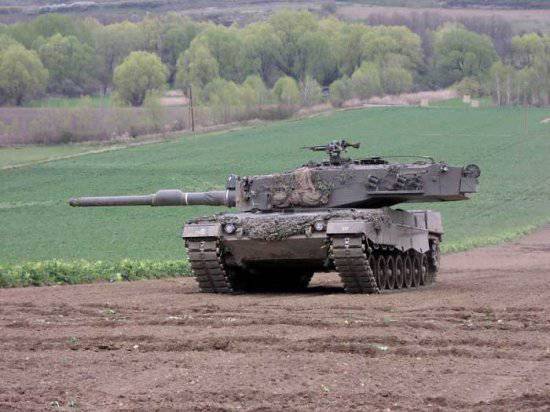
Information